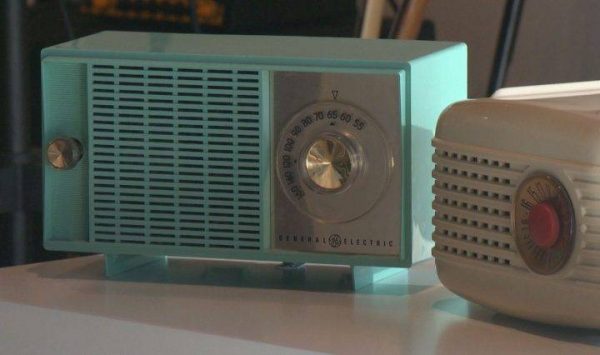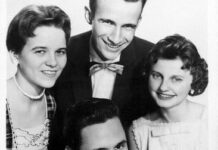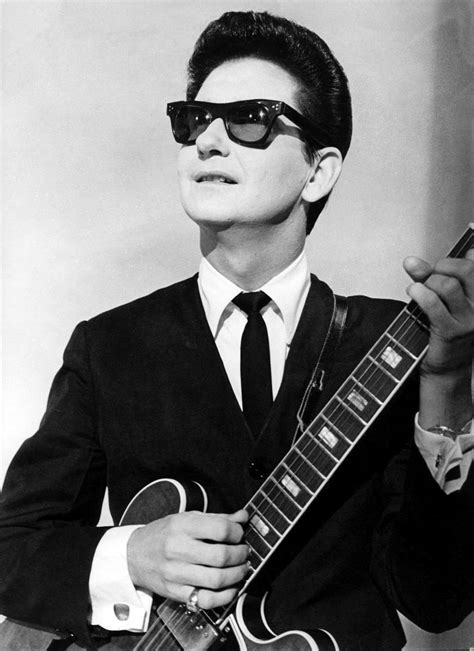Radio officially turns 100 this year — and Canada was a major pioneer
READ MORE: (May 23, 2017) Here’s why you can thank one Canadian for the invention of AM Radio
Newfoundland’s Signal Hill
Overlooking St. John’s, N.L., Signal Hill offers a clear shot across the Atlantic to England. It’s here that Italian inventor Guglielmo Marconi took over an abandoned diphtheria hospital to build a receiving station for his wireless transmission experiments. On Dec. 12, 1901, using a temperamental spark transmitter, Marconi received a Morse code signal consisting of the letter “S” (• • •) that was broadcast from his Poldhu Wireless Station on the tip of Cornwall in the U.K., a distance of 3,500 km. As best as we can tell, the signal was broadcast at 850 kHz, roughly in the middle of today’s AM radio band.
Reginald Fessden’s surprise Christmas concert
Marconi’s “wireless telegraphy” was envisioned as competition for telegraph cables that were being laid on the seabed. As amazing as real-time transatlantic communication was, Morse code was not the most practical form of communication. Enter Canadian-born Reginald Fessenden.
While working in his lab at the U.S. Weather Bureau near Washington, D.C. in 1900, about a year before Marconi’s feat at Signal Hill, Fesseden was able to transmit and receive intelligible words through the ether. Those words were, “One, two, three, four.”
Read the rest of the story HERE.








